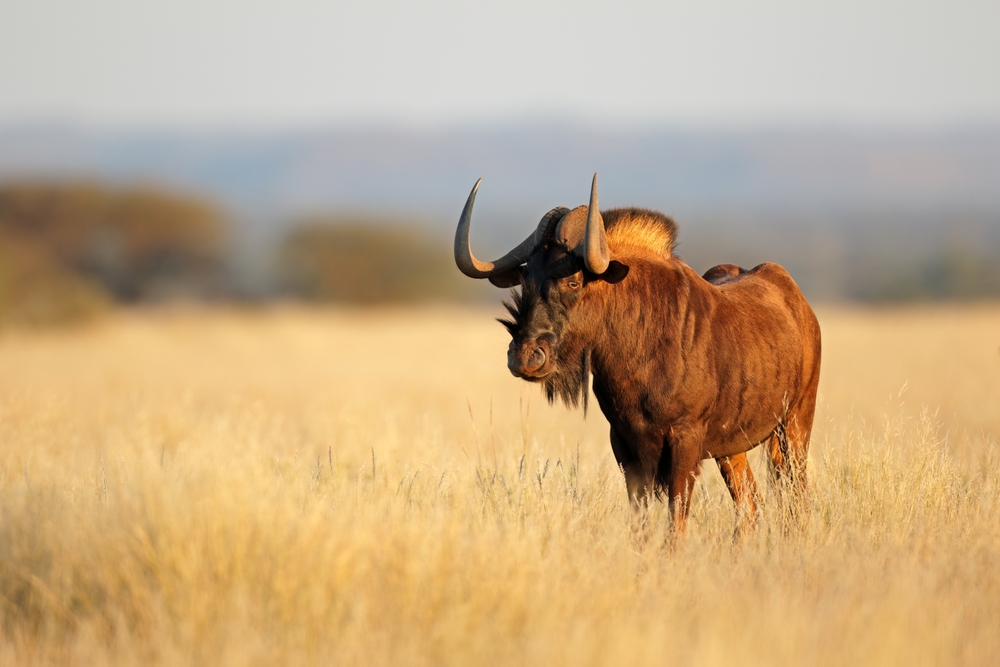

What do we mean when we talk about the effective shot placement of an African antelope? Shot placement refers to ethical hunting, where the primary goal of the hunter is to kill the antelope as humanely as possible with a single shot to the heart, vertebrae (spine/neck), or brain.
Executing a good shot while on a hunting safari makes a difference. This difference between success and failure can have far-reaching consequences within local communities and the game hunting industry.
No African game hunting safari whereby the hunter is seeking to shoot trophy antelope will exclude medium-sized antelope, and, as such, a knowledge of various shot placement options is critical. Big game hunting in Africa refers to hunters stalking and tracking African game animals in their natural habitat.
Effective shot placement requires skill, knowledge, and practice.
Effective shot placement on any animal demands intimate knowledge of the antelope’s physical anatomy. Every African antelope has their own unique set of physical features. The big game hunting enthusiast requires this knowledge to ensure effective and clean kills.
An African antelope’s anatomy is slightly different from their foreign cousins, deer, as its vitals, such as the heart and liver, sit a little more forward in the chest cavity.
When on a large antelope hunting safari, the big game hunting enthusiast has three practical options in terms of shot placement, namely: Antelope, Heart and Lungs.
When studying the anatomy of the antelope, the heart and lungs make a large target area (much bigger than the brain or neck). The projectile will damage the actual heart and/or lung, along with the antelope’s major arteries. The result of the damaged arteries will be massive and rapid blood loss, with death coming quickly. This target area will be approximately 8-10 inches when targeting large antelopes.
When the antelope is standing broadside, the perfect shot will be a third of the way up just behind the shoulder. The distance is calculated from the bottom of the brisket to the top of the spine.
If the hunter shoots a little high, the heart may be missed, but the lungs are damaged, and the shot will still be fatal. The game hunter can also shoot the antelope on the shoulder, breaking it. Good penetration by the bullet can break the opposite shoulder simultaneously.
The primary reason big game hunters book an African game hunting safari is to harvest trophy animals. Common sense when deciding on shot placement, is to go for the largest target yielding the most effective result.
The broadside shot is the most effective as it displays an open target on the heart and lungs. A precision shot will humanely and quickly cause the antelope to expire.
The heart is situated just behind the front shoulder, approximately one-third of the distance from the brisket to the top end of the shoulder.
Should the hunter shoot slightly high, the target will hit and penetrate the lungs. Both these shots will cause rapid blood loss and a loss of oxygen, with damage to major arteries.
While standing broadside and depending on the energy, velocity, and the bullet’s penetration, the shoulder can also be targeted. A successful hit will break the shoulder. If the antelope is standing perfectly broadside, the bullet will most likely break the opposite shoulder.
Your professional hunter will recommend this broadside shot placement for hunting medium antelopes.
Unless culling, which is probably not the reason for spending a fortune on your game hunting safari, brain shots are to be avoided. Culling is done at night using artificial light blinding the antelope.
The antelope’s brain is a small target protected by bone. Additionally, the brain moves as the antelope looks around and surveys its surroundings. A brain shot, if successful, will be sure to ruin the trophy. Unsuccessful shot placement at the brain will result in a wounded antelope sure to die a slow and painful death.
I have seen many hunters on a game hunting safari attempt this shot over long distances. Most of them are unsuccessful. I prefer sleeping at night with my trophy in the salt, not injured and suffering, waiting to die an undignified death.
The neck shot is equally as difficult, due to the size and positioning of the target. This shot placement will not be recommended by your professional hunter unless there isn’t any other option available.
The antelope will quarter towards the hunter at an angle, making the shot placement difficult. I only take this shot when having a slightly higher caliber rifle than needed, leaving a little room for error. Penetration to reach the vitals is important.
Depending on the extent of the angle, the bullet needs to enter the antelope just in front of the shoulder bone.
Placing the bullet too far forward or too far back will result in the vital organs being missed. During any big game hunting safari, this is not ideal. The antelope may fall then stand up and bolt off into the distance.
Some medium-sized antelopes, like a blue wildebeest or Hartebeest, are exceptionally tough and can go for days when wounded.
This shot placement success requires precision and an in-depth knowledge of the antelope. The bullet must be placed on the inside of the front shoulder, with the point of aim being the opposite shoulder. This line will present the big game hunter with a shot into the vitals.
If the shot placement is not executed correctly, the vitals will be missed, and the bullet will travel through the liver and puncture the stomach. Tracking an antelope that has been “gut shot” through harsh African terrain for hours on end is not the way I would like to spend my African plains game hunting safari.
Any hunter on an African game hunting safari will have hunting opportunities during the hunt. If there is any concern about the result when executing the chosen shot placement, do not take the shot.